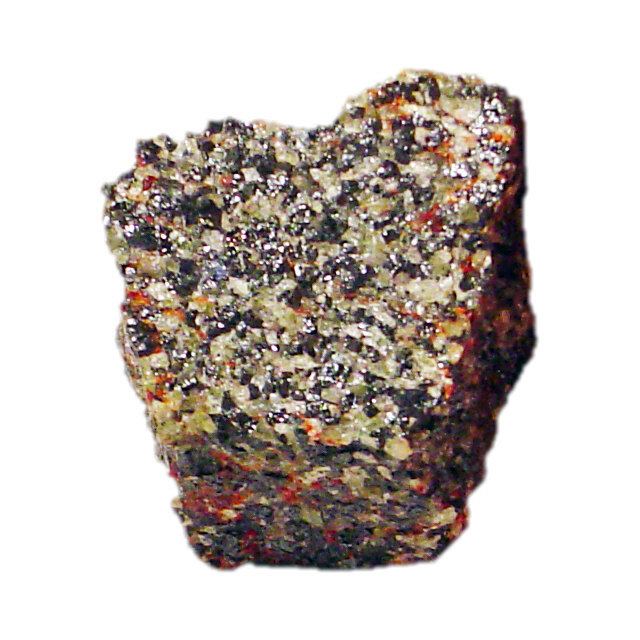Category Silicate mineral Dana classification 51.1.1.2 | Formula(repeating unit) Zn2SiO4 Crystal system Trigonal | |
 | ||
Strunz classification 9.AA.05 (10 ed)8/A.01-20 (8 ed) Crystal class Rhombohedral (3)H-M symbol: (3) | ||
Willemite is a zinc silicate mineral (Zn2SiO4) and a minor ore of zinc. It is highly fluorescent (green) under shortwave ultraviolet light. It occurs in all different colors in daylight, in fibrous masses, solid brown masses ("troostite"), and apple green gemmy masses.
Contents
It was discovered in 1830 and named after William I of the Netherlands.
Formation and associated minerals
Willemite is usually formed as an alteration of previously existing sphalerite ore bodies, and is usually associated with limestone. It is also found in marble and may be the result of a metamorphism of earlier hemimorphite or smithsonite. It occurs in many places, but is best known from Arizona and the zinc, iron, manganese deposits at Franklin and Sterling Hill Mines in New Jersey. It often occurs with red zincite (zinc oxide) and franklinite (Fe,Mn,Zn)(Fe,Mn)2O4 (an iron rich zinc mineral occurring in sharp black isometric octahedral crystals and masses). Franklinite and zincite are not fluorescent.
Uses
Artificial willemite was used as the basis of first generation fluorescent tube phosphors. Doped with manganese-II, it fluoresces with a broad white emission band. Some versions had some of the zinc replaced with beryllium. In the 1940s it was largely replaced by the second generation halophosphors based on the fluorapatite structure. These, in turn have been replaced by the third generation TriPhosphors.
